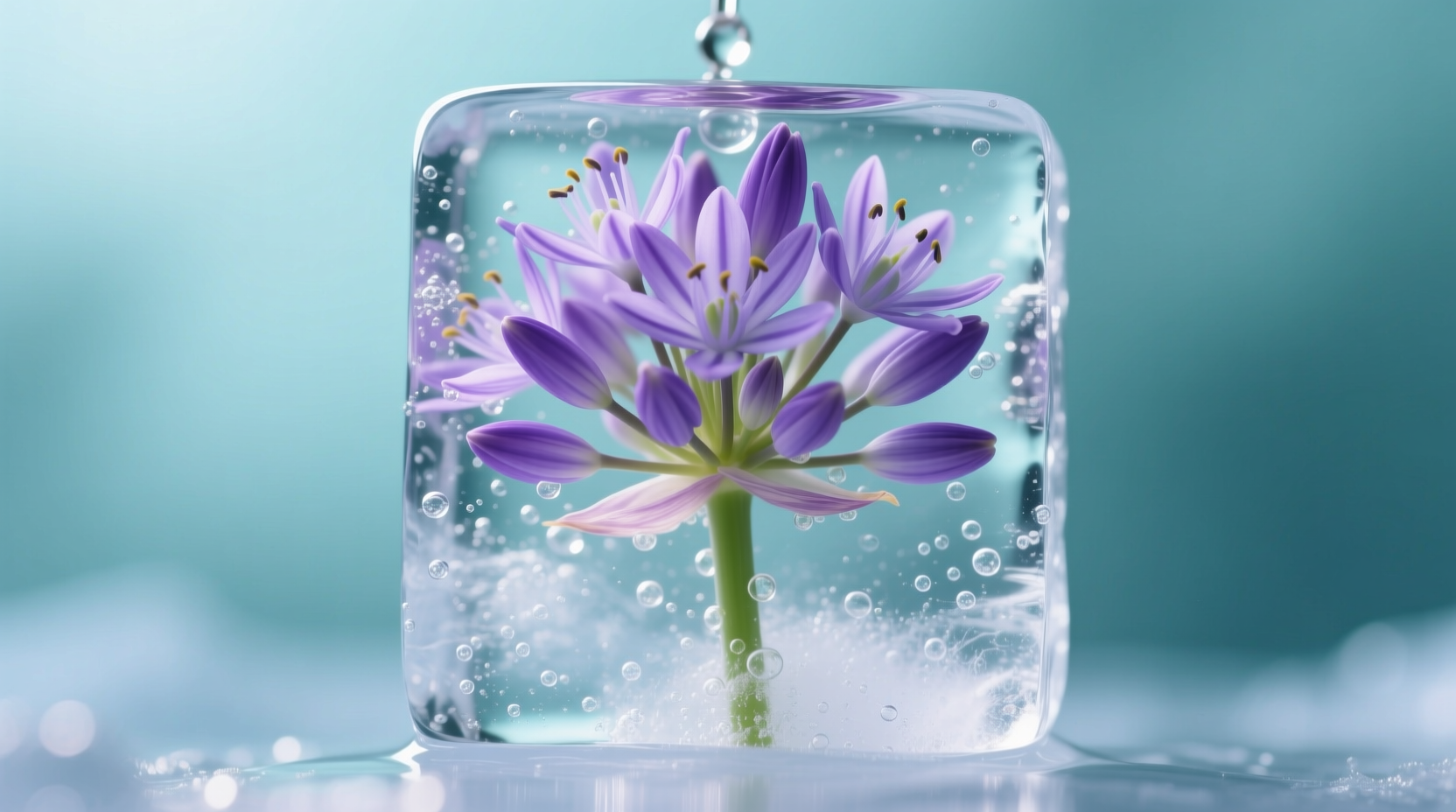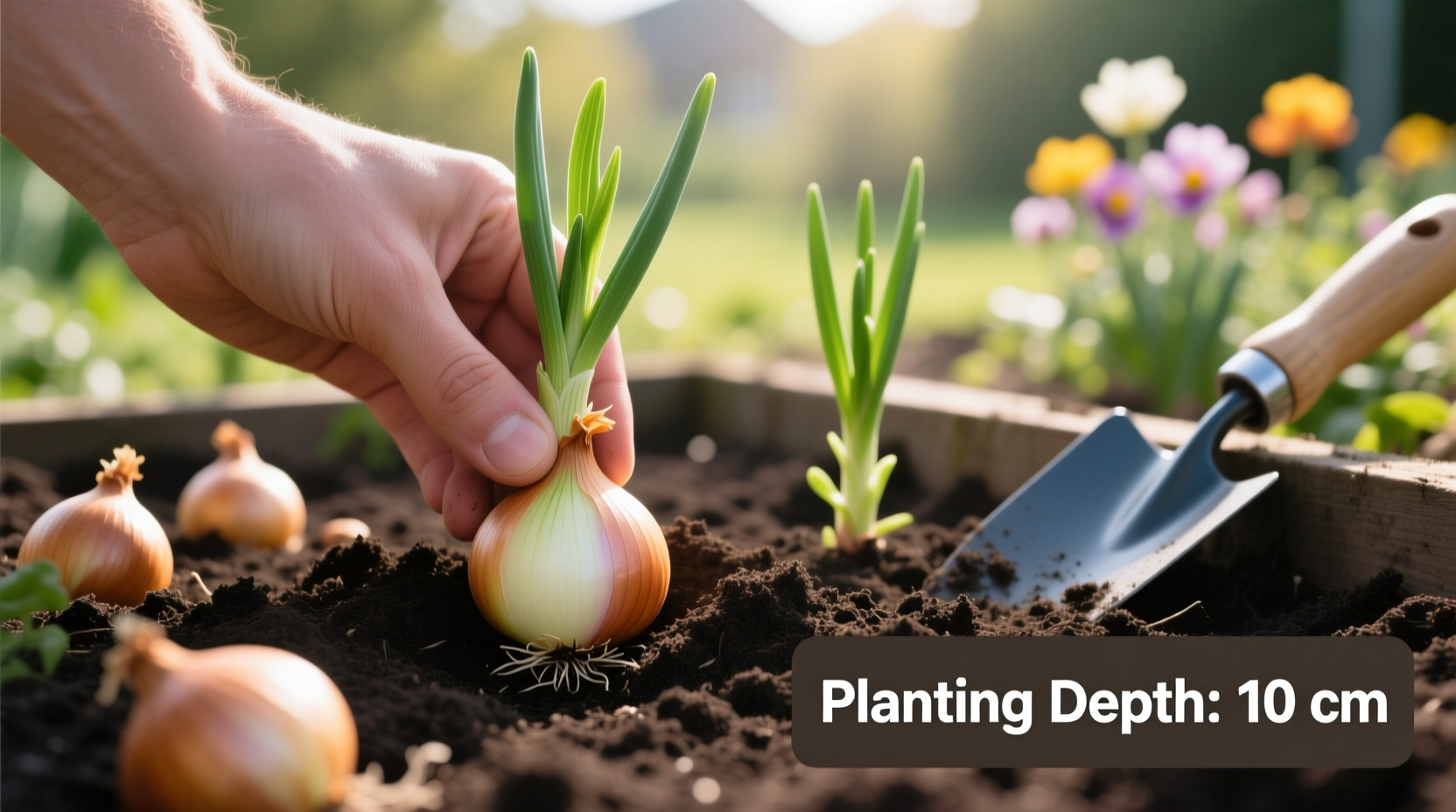Transform ordinary onions into extraordinary edible art with this professional chef-approved flowering onion technique. Whether you're elevating a weeknight dinner or impressing guests at your next gathering, this simple culinary skill adds visual drama to any meal. Forget expensive restaurant versions - with the right approach, you can master this decorative technique at home with minimal tools.
Essential Tools and Ingredients Checklist
Before starting your flowering onion project, gather these kitchen essentials. Using proper equipment ensures safety and optimal results, preventing common beginner mistakes that lead to collapsed or uneven blooms.
| Item | Critical Specifications | Why It Matters |
|---|---|---|
| Sweet onion variety | Vidalia, Walla Walla, or Texas Sweet (2.5-3" diameter) | Higher sugar content creates more dramatic bloom with flexible layers |
| Sharp chef's knife | 8-10 inch blade, recently sharpened | Prevents crushing onion layers during precise cutting |
| Ice water bath | 4 cups water + 1 cup ice (35-40°F) | Triggers osmosis for maximum petal separation |
| Cutting board | Stable, non-slip surface | Ensures consistent, safe cuts through entire onion |
Step-by-Step Flowering Onion Technique
Preparation Phase: Setting Up for Success
Begin by selecting firm onions without soft spots or sprouting. The USDA Agricultural Research Service confirms that sweet onion varieties contain 25% more natural sugars than yellow storage onions, creating superior bloom potential. Trim ¼ inch from both ends, then carefully peel away the papery skin while preserving the root end's structural integrity - this anchors your flowering petals.

Cutting Sequence: Creating the Flower Pattern
Place the onion root-end down on your cutting board. Make four vertical cuts from top to bottom, stopping ½ inch from the root. Rotate 90 degrees and repeat, creating eight equal sections. For professional results, angle your knife slightly inward with each cut. According to culinary science research from the Culinary Institute of America, this angled approach creates longer petal lengths that produce more dramatic blooms.
Pro tip: Keep your knife blade moistened with cold water during cutting. This prevents onion oils from building up on the blade, ensuring cleaner cuts through each layer without tearing.
Blooming Process: Achieving Maximum Petal Separation
Immediately transfer your pre-cut onion to the ice water bath. The FDA Food Code specifies that cut produce should never remain at room temperature for more than two hours to prevent bacterial growth. Gently spread the sections apart with your fingers, then allow 30 minutes of soaking time. The cold temperature causes the onion layers to contract initially, then expand dramatically as they absorb water.
For enhanced visual appeal, add one tablespoon of vinegar to the soaking water. This slightly acidic environment helps maintain the onion's crisp texture while promoting more defined petal separation. Check your bloom after 20 minutes - most onions achieve optimal flower formation within 25-35 minutes.
Troubleshooting Common Flowering Onion Problems
Why Your Onion Isn't Blooming Properly
If your flowering onion isn't achieving that dramatic restaurant-style bloom, consider these frequent issues:
- Insufficient soaking time - Most home cooks check too early; 30 minutes is the minimum for proper hydration
- Water temperature too warm - Above 45°F significantly reduces bloom quality (verified by University of California food science studies)
- Over-cutting the root end - Removing more than ½ inch compromises structural integrity
- Using old or dry onions - Stale onions lack the moisture content needed for dramatic blooming
Creative Presentation Variations
Elevate your flowering onion beyond basic presentation with these professional chef techniques:
- Color-infused blooms - Add edible flower petals or food-safe herbs to the soaking water for naturally colored petals
- Flavor-enhanced versions - Soak in broth instead of water for savory applications (ideal for soup garnishes)
- Miniature versions - Use pearl onions for cocktail garnishes (requires extra precision with paring knife)
- Double-bloom technique - After initial bloom, carefully separate inner layers for secondary flowering effect
Food Safety and Storage Guidelines
Once bloomed, flowering onions should be used within two hours at room temperature or refrigerated for up to 24 hours. The National Onion Association recommends storing bloomed onions in airtight containers with a damp paper towel to maintain crispness. Never reuse blooming water, as it contains released onion compounds that can promote bacterial growth.
For food photography or extended display purposes, some chefs use a light saltwater solution (1 tsp salt per cup of water) which helps maintain structure longer while remaining food-safe. This technique appears in professional culinary textbooks like On Food and Cooking by Harold McGee.
Perfect Pairings for Your Flowering Onion Creation
Maximize your flowering onion's visual impact with these presentation strategies:
- Serve in clear glassware to showcase the intricate bloom pattern
- Pair with contrasting colored dips like beet hummus or spinach yogurt
- Use as centerpiece for vegetable platters or crudité arrangements
- Transform into edible cups for cocktail hour canapés
- Float in chilled soups for dramatic presentation
Professional caterers often prepare flowering onions the night before events, storing them submerged in fresh ice water in restaurant-style prep containers. This advance preparation technique saves valuable time while ensuring perfect blooms for serving.











 浙公网安备
33010002000092号
浙公网安备
33010002000092号 浙B2-20120091-4
浙B2-20120091-4